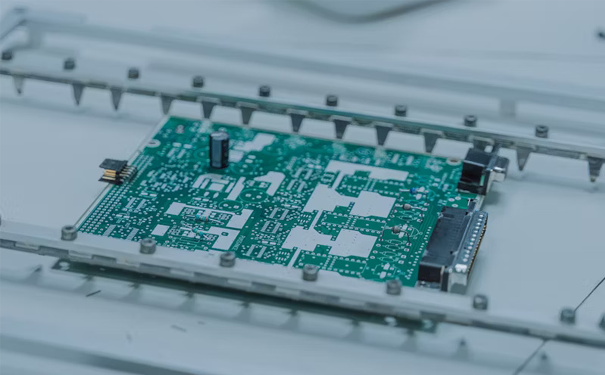Tantalum capacitors are electronic components that use tantalum metal as the electrode material. They are usually divided into two types: polarized and unpolarized, and come in various packaging forms. In this article, we will discuss in detail the types and packaging of tantalum capacitors.
1、 Polarized tantalum capacitor
Polarized tantalum capacitors are a type of capacitor that requires attention to both positive and negative polarity. They usually use solid tantalum metal as the positive electrode, while the negative electrode uses carbon or tantalum oxide. The capacitance of polar tantalum capacitors is usually small, ranging from a few microfacies (F) to a few hundred microfacies (F). They are typically used in high-precision circuits, such as audio amplifiers and filters.
2、 Nonpolar tantalum capacitor
Non polar tantalum capacitors are capacitors that do not require attention to positive and negative polarity. They usually use solid tantalum metal as the electrode material, and their capacitance is usually small, ranging from a few microfacies (F) to several tens of microfacies (F). Non polar tantalum capacitors are commonly used in low-power circuits, such as in computers and mobile devices.

3、 Surface mount tantalum capacitors
Surface mount tantalum capacitors are a type of packaging that can be directly soldered onto the surface of a circuit board. This packaging form usually has the characteristics of small size, lightweight, and high density. Surface mount tantalum capacitors are commonly used in high-density circuits, such as in mobile devices and computers.
4、 Plug-in tantalum capacitor
A plug-in tantalum capacitor is a type of capacitor that needs to be inserted into a circuit board hole. They typically have larger dimensions and capacitance, and are commonly used in high-power circuits, such as in power supplies and motor control.
5、 Chip tantalum capacitor
Chip tantalum capacitors are a type of packaging that typically have very small dimensions and capacitance. This packaging form is commonly used in high-density circuits, such as in mobile phones and tablets. Chip tantalum capacitors typically require the use of a microscope for welding and testing.
In summary, tantalum capacitors come in various types and packaging forms. Polarized tantalum capacitors need to pay attention to positive and negative polarity, while unpolarized tantalum capacitors can be used in any circuit. Surface mount tantalum capacitors have the characteristics of small size, lightweight, and high density, while plug-in tantalum capacitors are commonly used in high-power circuits. Chip tantalum capacitors have a very small size and capacitance, requiring the use of a microscope for welding and testing.
The copyright of this article belongs to the original author. The reprint of the article is only for the purpose of disseminating more information. If the author's information is marked incorrectly, please contact us immediately to modify or delete it. Thank you for your attention!

